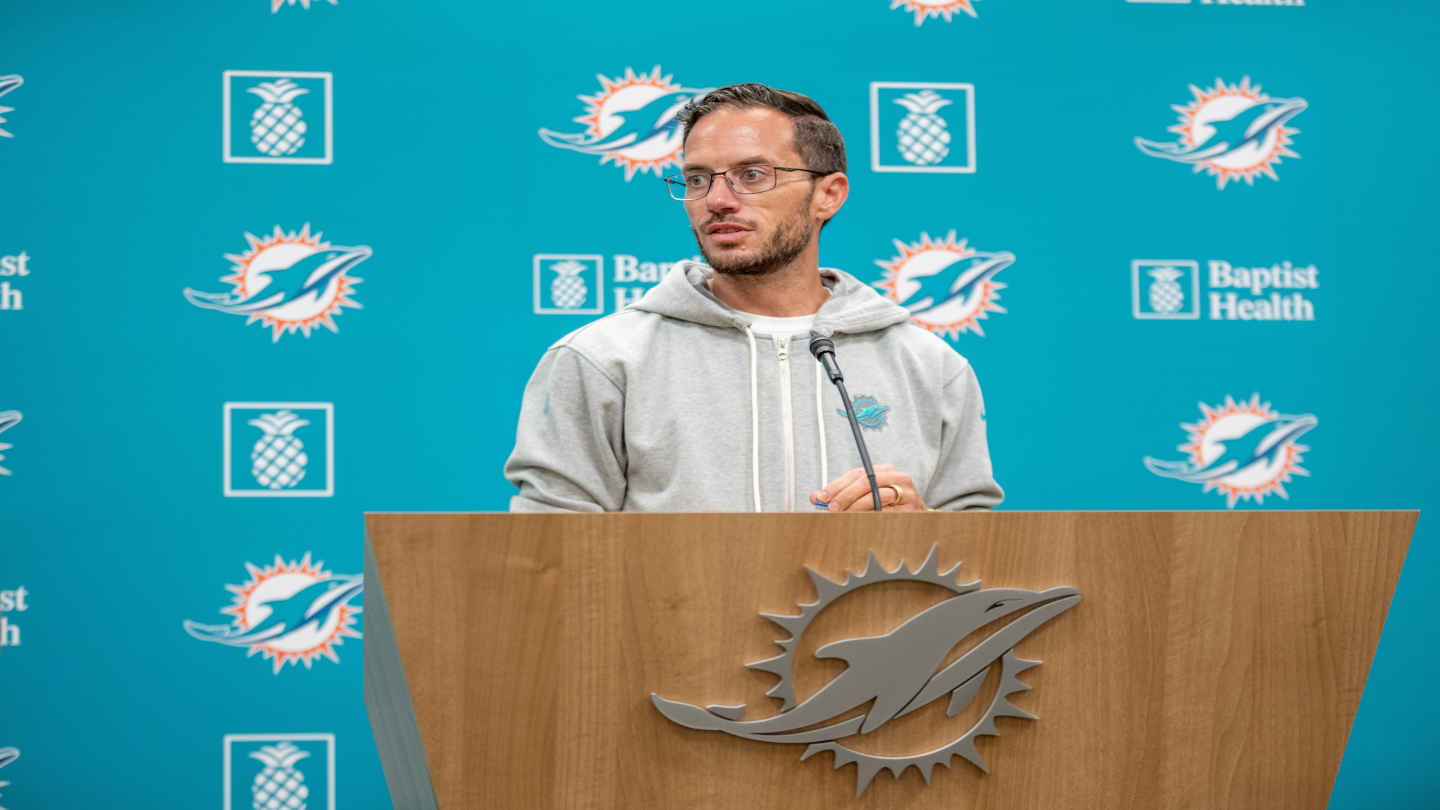How the Generational Gap in Audiences Is Affecting the NFL’s Fanbase

3 minutes
Last Updated: August 22, 2023
As generations change, so do the preferences and behaviors of sports fans. How is the generational gap affecting the NFL’s fanbase in Kentucky and other states, and what does this mean for the future of the league? Let’s look into this intriguing topic.
Understanding The Generational Gap
The changing demographics among NFL fans are something that can’t be overlooked. Different age groups have diverse interests, and this has manifested in the NFL’s fanbase. A generational gap has emerged, one that the NFL needs to navigate wisely.
Younger viewers often have different habits and preferences when compared to older generations. Some prefer social media content to traditional broadcasts, others have differing views on the sport’s politics, and others still have varying priorities about how they consume entertainment. All these factors contribute to the changing landscape of the NFL’s fanbase.
Implications For The NFL
This change in viewership is not insignificant for the NFL. The league’s decision-making, marketing strategies, and future planning are influenced by these demographics. If they fail to engage these different groups in the right ways, they risk losing the influence they have cultivated over the years.
The onus is on the NFL to keep its brand engaging with different demographics. This might mean rethinking their strategies to ensure they are meeting the needs of each age group in their fanbase.
Opportunities Amidst Change
While the generational gap presents challenges, it also provides opportunities. New platforms, such as social media, can offer new ways to engage younger viewers. There is potential for new forms of interaction and engagement, creating new, loyal fans in the process.
This Caesars Kentucky promo code is an example of how companies are reaching out to potential new audiences. This promo code offers betting enthusiasts an enticing opportunity, in turn attracting more fans to the sport.
The Changing Nature of Media Consumption

The way people consume media has significantly changed, especially amongst the younger demographic. Traditional methods, such as cable TV and radio broadcasts, have given way to internet streaming services and on-demand content. For the NFL, this means reevaluating their broadcasting and distribution methods.
Take social media, for instance. Platforms like Twitter and Instagram have become platforms where sports highlights are shared and discussed. Fans can get real-time updates without being tethered to a TV screen. The NFL needs to consider these changes in media consumption habits to remain relevant and accessible to its fans across all age groups.
Attitudes Toward Sports Betting
Sports betting is another area that’s witnessing a shift in attitudes amongst different age groups. With the rise in online betting platforms, the practice has become more accessible and mainstream. This is something that younger audiences are more open to compared to older generations.
For instance, sports betting platforms are leveraging this openness and are seeking to attract these potential new audiences. This represents another avenue for the NFL to consider as it looks to maintain engagement with its fanbase across various age demographics.
Emergence of eSports
Another factor to consider is the rising prominence of eSports. Video games and eSports are gaining considerable traction amongst younger audiences. This shift in interest has to be recognized by traditional sports organizations, including the NFL.
The NFL might need to consider integrating elements from eSports or creating synergies with the eSports industry to appeal to this new and growing audience. This could provide them with an innovative way to bridge the generational gap amongst its fanbase.
Values and Politics
In recent years, the intersection of sports and politics has become more prominent. Differing attitudes towards such issues between older and younger demographics are worth noting.
The NFL, like any other major organization, is not immune to these changes and needs to consider the values of its diverse fanbase in its actions and decisions.
The NFL could utilize this opportunity to engage with its fanbase in meaningful ways that transcend the boundaries of sport. It’s about understanding and respecting the diverse perspectives that make up their fanbase.
Bringing It All Together

In sum, these demographic shifts present both challenges and opportunities for the NFL in Kentucky. The generational gap in the NFL’s fanbase is a reality that the league needs to embrace and navigate.
There’s a necessity for innovation, adaptability, and open-mindedness. It’s not just about maintaining the status quo but about growth, evolution, and inclusivity. The ultimate goal should be to unite fans from all walks of life, regardless of age, and keep them engaged in this beloved American pastime.













